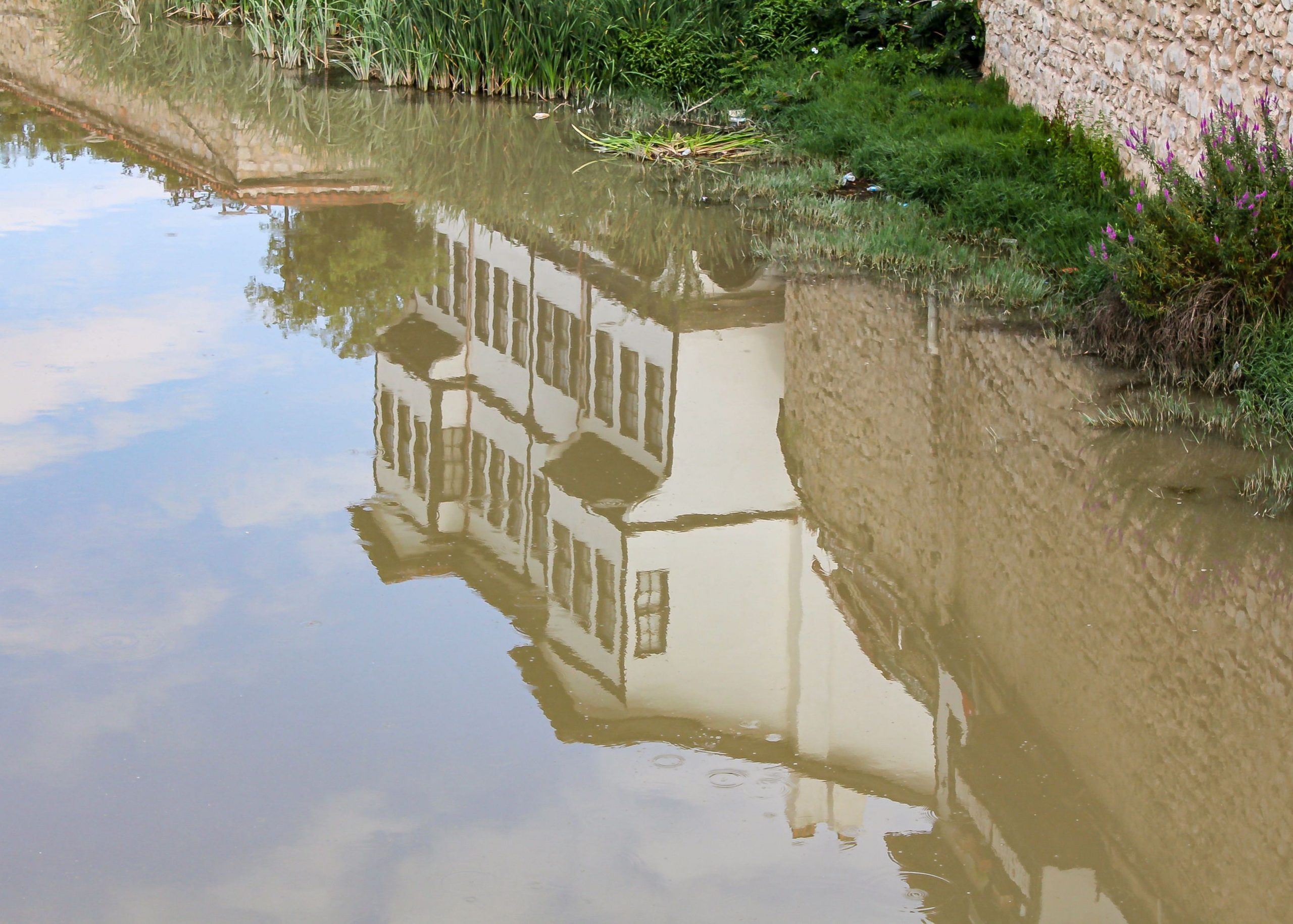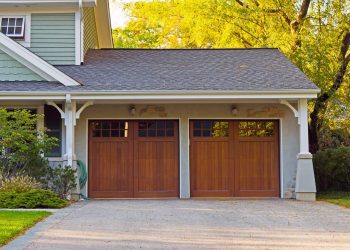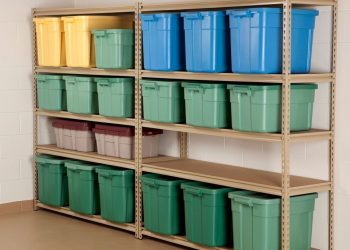If water collects in puddles near your house, it’s more than an inconvenience. Standing water can cause serious structural damage that can be expensive to repair.
How Water Can Damage Your Home
When water collects in the soil around your house, it creates hydrostatic pressure that can damage the foundation. The pressure can be distributed unevenly, and the amount of pressure can change as water accumulates and then evaporates. Cracks and crevices can form, and existing gaps can get filled with water. When the temperature changes, water can expand and contract, causing cracks to grow larger. Water can then seep into the basement, where it can damage your walls, floors, furniture, and other belongings.
Pools of water can also weaken the ground that your foundation sits upon and cause the house to settle. That can make floors creak and make windows and doors difficult to open and close. Moisture can create ideal conditions for mold to grow. Mold in the basement can pose a serious health risk to your family. People who have preexisting respiratory conditions, such as asthma, are at particularly high risk.
How to Prevent Water Damage
If you currently have an issue with puddles near the foundation, you’ll have to figure out what’s behind the problem and find an appropriate solution. Dealing with the root cause can prevent standing water in the future and safeguard your home’s foundation.
Clogged gutters are one of the most common issues. When gutters are blocked with leaves and other debris, they can’t transport water away from a house. Instead of flowing through the gutters, water can flow over them, fall off the edge of the roof, and form puddles on the ground. If that’s happening, you’ll need to clean your gutters or hire a contractor to do it. Installing gutter guards can reduce the amount of cleaning that will be required in the future and save you money in the long run.
Water might be pooling on the ground because your gutters are damaged. If they’re rusted, sagging, or filled with holes, they’ll need to be repaired or replaced.
Roof damage might be the culprit. Flashing keeps water out of roof joints, and drip edges direct water into the gutters. If one of those components is damaged or missing, water can wind up where it shouldn’t. A professional roofer can inspect your roof and make any necessary repairs.
The grading in your yard might be behind your moisture problems. The ground should be sloped so that water flows away from your home. If water is traveling toward the house, a landscaper might recommend bringing in soil to adjust the slope of the ground, installing a drain, or building a retaining wall.











